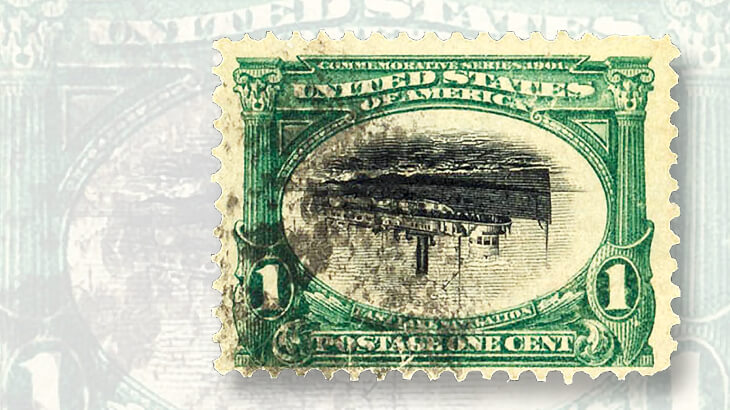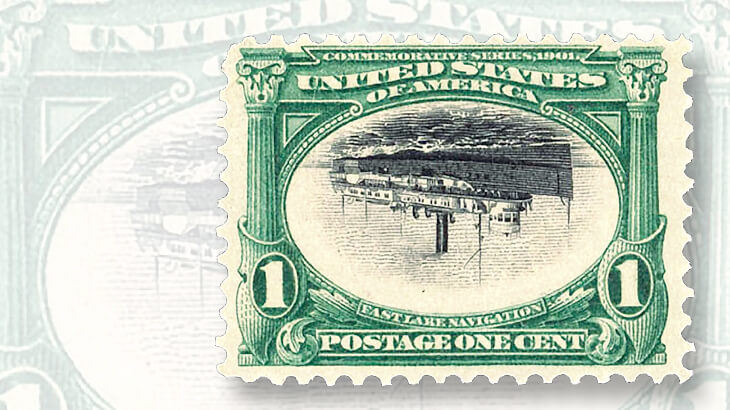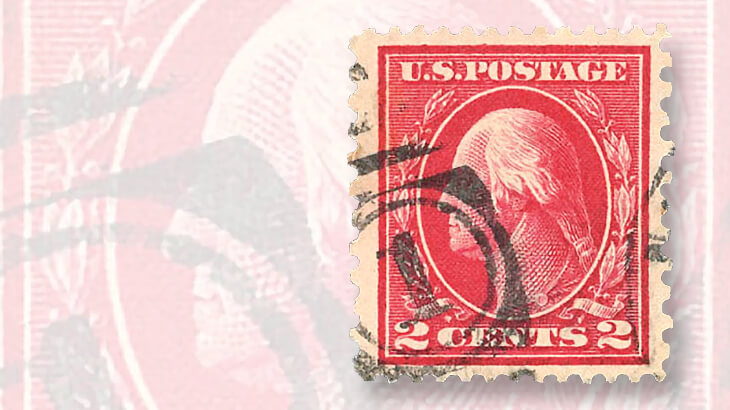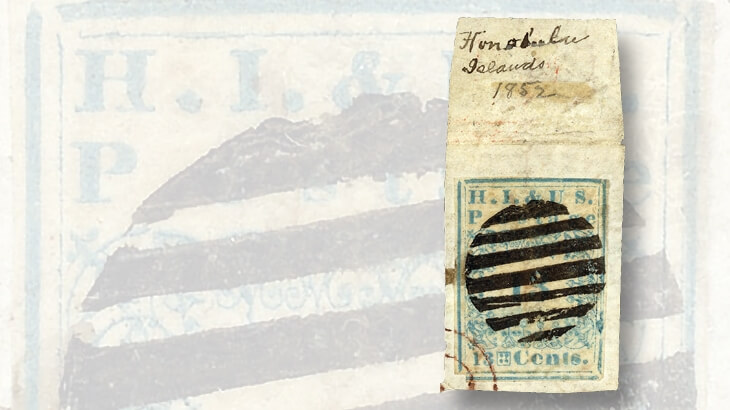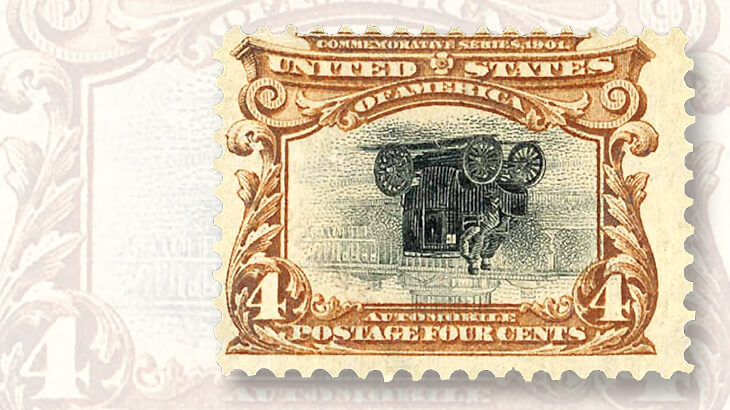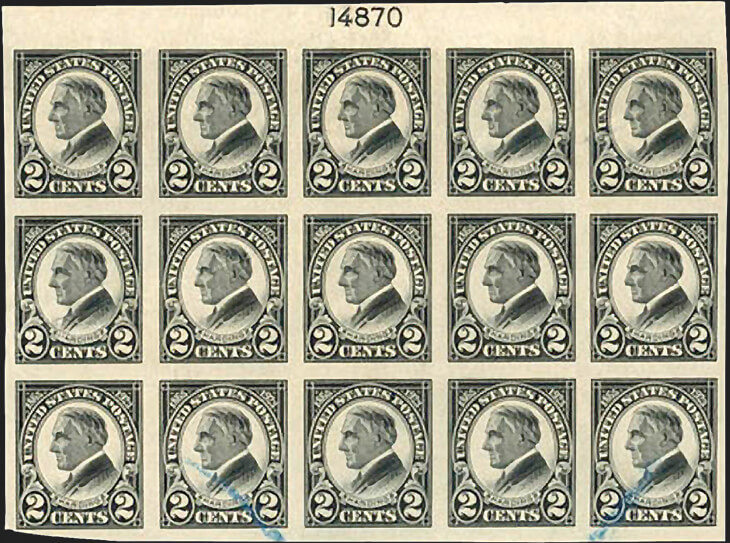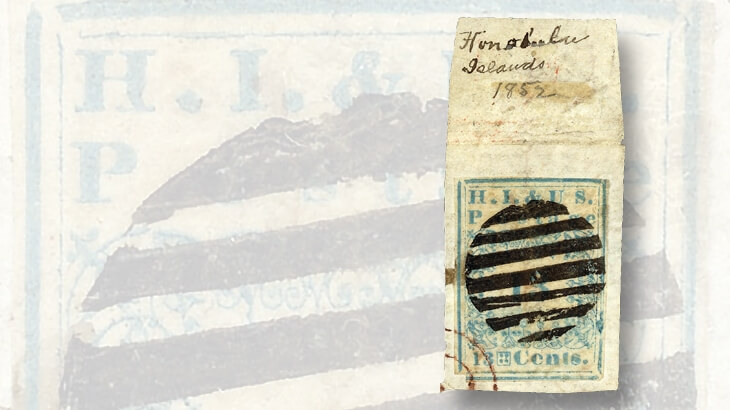US Stamps
Hawaiian Missionary stamp highlights Kelleher Auction at $34,220
By Matthew Healey, New York Correspondent
The firm of Daniel F. Kelleher held a four-day “Flagship” sale March 21-24 at its headquarters in Danbury, Conn., featuring U.S., British and worldwide stamps from a variety of consignors’ collections.
The highlight was a Hawaiian Missionary stamp, the 1852 13¢ of the second type, reading “H.I. & U.S. Postage” (Scott 4). It is on piece, tied at lower left by a partial red San Francisco postmark and obliterated by a seven-bar circular cancel.
The Missionary stamps were printed on fragile, pelure paper and are notoriously plagued by faults. This example, perhaps because it is still attached to a small piece of an envelope, was described on two different certificates as being free from defects.
Connect with Linn’s Stamp News:
Sign up for our newsletter
Like us on Facebook
Follow us on Twitter
It sold for $34,220, including the 18 percent buyer’s premium Kelleher adds to all lots.
A trio of 1901 Pan-American inverts were also offered: two 1¢ Fast Lake Navigation with the steamship upside-down, and a 4¢ Electric Auto with said vehicle topsy-turvy.
The 1¢ invert (Scott 294a) is known both unused and used; the Kelleher sale contained one of each. The unused, lightly hinged example, with a tiny thin spot, sold for $5,605.
The used example had been reperforated at top and has a small crease and a couple of tiny scuffs. Handsome nonetheless, and accompanied by a Philatelic Foundation certificate, it went for $7,080. Considering just 51 are known, that seemed to be an affordable way for someone to pick up this popular and visually striking rarity.
The 4¢ Pan-Am invert (Scott 296a), unlike the 1¢ and 2¢, was not issued postally; rather, it was a special printing. The example in the Kelleher sale, reperforated at top and with a tiny tear, sold for $11,800.
A perfectly ordinary-looking 2¢ stamp of the 1912-14 Washington-Franklin series was offered with an estimate of $7,500 to $10,000. The reason: Its perforations, rather than being the same gauge on all sides, measure 12 at top and bottom but 10 on the sides.
The Scott Specialized Catalogue of United States Stamps and Covers explains that far from being errors, small quantities of the 1¢, 2¢ and 5¢ definitives were normally produced this way in the course of a transition from perf 12 machines to perf 10 machines.
The 2¢ perf 12 by 10 (Scott 423B, formerly 425d), exists as one unused and 31 used singles. The example offered by Kelleher, with wide margins and a clean duplex cancel and described as “the quintessential example of this stamp,” exceeded its estimate as well as its Scott value to sell for $18,290.
The 2¢ Harding Memorial issue of 1923 was issued perforated as well as imperforate. A plate block of six of the former is valued in the Scott catalog at $30, while the latter is $75.
However, imperforate error panes surfaced in a post office supply of the perforated stamps before the imperforates were issued. This error is indistinguishable from the regularly released imperf stamps, but for one detail: Stamps with this plate number, 14870, were never issued imperforate.
An impressive block of 15 of the error with plate number 14870 at top, one of just three error plate blocks known to exist and the only one with the number at top, brought $21,240.
Related Articles:
Gary Peters’ Hawaii collection shines at Rumsey sale
South Atlantic 1821 letters bring $37,650 in Argyll Etkin sale in London
Strip of 10¢ Small Queens sells for $29,600 in Brigham auction in Toronto
MORE RELATED ARTICLES
Headlines
-
US Stamps
Oct 7, 2024, 3 PMMcMurtrie dismissed as APS education director following Sept. 21 arrest
-
US Stamps
Oct 7, 2024, 12 PMVasiliauskas named president of Mystic Stamp Co.
-
US Stamps
Oct 6, 2024, 5 PMApgar souvenir card available
-
US Stamps
Oct 6, 2024, 4 PMFirst Continental Congress and U.N. stamps receive Scott catalog numbers
